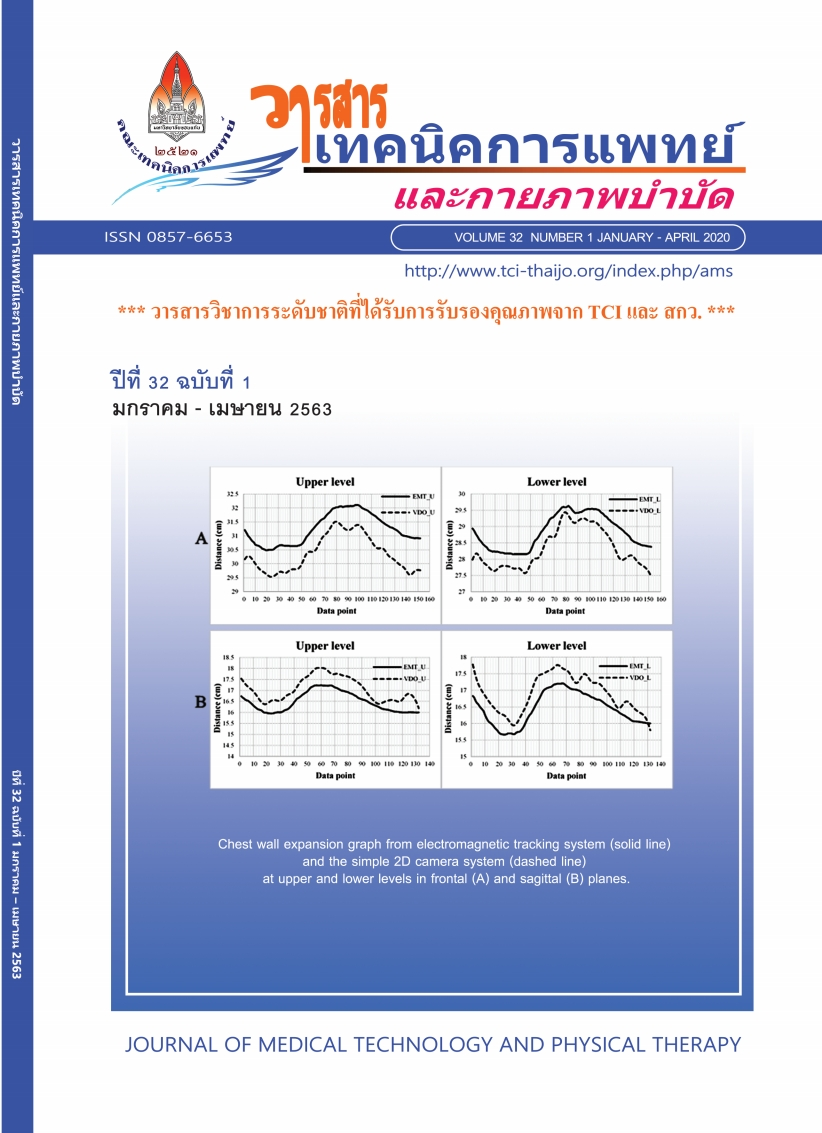Association of alpha fibrinogen -58G/A genetic polymorphism with acute coronary syndrome in type 2 diabetes mellitus (retracted)
Main Article Content
Abstract
Fibrinogen is one of the inflammatory markers and plays a crucial role in pathophysiological process of cardiovascular diseases (CVD). High levels of fibrinogen are associated with atherosclerosis progression and CVD complication in type 2 diabetes mellitus (DM). Furthermore, fibrinogen genetic polymorphisms are one of the important factors affecting their levels. Therefore, this study aimed to evaluate the associations of FGA -58G/A polymorphism with clinical manifestations of coronary artery disease (CAD) in type 2 DM. A case-control study included 123 documented DM patients presenting with either acute coronary syndrome (ACS) or stable CAD and 86 control individuals without DM and presenting none or less than 50% stenosis of coronary artery. All subjects were genotyped for the FGA -58G/Apolymorphism by using polymerase chain reaction-restriction fragment length polymorphism technique. The results showed that AA genotype and A allele of the FGA -58G/A polymorphism were independently associated with DM [adjusted OR (95% CI) = 3.3 (1.2, 8.9) and 3.3 (1.6, 6.6), respectively]. Moreover, the AA genotype and A allele were also significantly associated with ACS in diabetic patients [adjusted OR (95% CI) = 3.9 (1.3, 11.7) and 2.0 (1.2, 3.5), respectively], while the association with stable CAD was not observed. In conclusion, the results of this study may indicate the association of the FGA -58G/A polymorphism with the atherosclerotic progression which may in turn leads to the severe clinical manifestation of CAD in DM.


